Showing posts sorted by date for query wonkythomas. Sort by relevance Show all posts
Showing posts sorted by date for query wonkythomas. Sort by relevance Show all posts
Sunday, March 13, 2011
Alternate Logic
YouTube Uploaded by wonkythomas on Mar 12, 2011
"Differant CMOS logic chips in the Pittsburgh Modular Timetable make differant patterns of blinky lights..."
Friday, March 11, 2011
BugBrand CTL1 ROUND 1... FIGHT!!!
YouTube Uploaded by wonkythomas on Mar 11, 2011
"narco-tech noodle with the just arrived BugBrand TSVS. Pittsburgh Modular Timetable is controlling all the envelopes... 1 Fixed Rate Clock."
Thursday, March 10, 2011
Wednesday, March 31, 2010
CMOS DRUMS Pt.1
YouTube via wonkythomas
"Messing around with a few new modules. Most of the sounds are the MFB Drum 02 - super simple, 5 drums made out of CMOS inverters; sounds so good.
Controlling everything is my new Divider / Sequencer (bottom left) which divdes the main clock, also using the 4ms RCD (out of shot) to trigger stuff. I don't have much logic at the moment so I'm using a few differant methods to combine gates / triggers.
1 drum is controlled by two gates being processed by the Phase Comparator inside the Doepfer A-196 PLL. Some gates are combined in the A-172 Min/Max, some more in a 3P polarizing mixer. I also have an A-167 Comparator in the mix, the sum voltage fed into the min/max & the gate out controls the direction of the sequencer; you can see it toggling back & forward between the last 2 & first 2 steps (green LEDs)
One of the things that I love about VC is once you have all these processed highs & lows flying about, you can take a voltage & feed that back into the main clock... I think it was the Min. voltage from the min/max.... the CV output of the 196 PLL is in there as well somewhere, as well as a random voltage from the MFB Dual LFO controlling the Decay time of the "synth" sound that comes in...
The MFB modules have plain silver panels... because of the board mounted sockets on them I have to replace the whole panel when I convert to banana format.
All the drum sounds are processed by the Toppobrillo Triple Wave Folder; for extra wood!"
CMOS DRUMS Pt.2
"More fiddlin'
Half way thru I start messing with the comparator settings which ripples out thru the logic chain & alters the patterns... there's abit of luck involved in getting stuff locked in, doesn't always work & its pretty easy to F*! everything up by messing around too much... not to self; ALWAYS RECORD!!!!!!!!!"
Wednesday, March 03, 2010
BugBrand BugCrusher & Rotating Clock Divider
YouTube via wonkythomas
"3 minutes after my first 10 minutes with the AMAZING BugBrand BugCrusher!!! So happy to finally have one of Toms blue bueties! This thing is awesome, super dense / compact PCB & the sound far surpasses my expectations (which where pretty high to begin with)
Pretty much the same as the last patch except the VCOs get run thru the BugCrusher, then into the CGS Wave Multiplier.... WOW! What a combination! Starts off with the sample rate really low & the VCOs tuned right down to LFO speeds, then ramps everything up. The BugCrusher rate is being CV'd by my Presets module which gives it that stepped, rythmic feel.
I increase the "Glide" amount - a LPF at audio rates & the sound loses all the harshness so the Wave Folding comes thru more & you end up with that 'sort of' plucked string sound. No filters (except inside the Crusher), no low pass gates, just loads twisted waveforms!"
4ms Rotating Clock Divider
YouTube via wonkythomas
"4ms RCD in Banana Frac format!!!
Yes! That is correct. Dann @4ms hooked me up with an RCD board, no panel etc. So, if you plugged your Euro RCD in backwards a little while ago THANK YOU!!!! Cos after it was fixed I bought it :D
This thing is way more fun than any module should legally be!
The "voice" here is two Blacet VCOs VC Waveforms, which are crossfaded, sometimes at audio rate, being sequenced by a combination of 2 Binary Zones, a Mini-Wave w/ scale quantizer & a Doepfer 156 Dual Quantizer - a little OTT.
The RCD takes the main clock (MFB Dual LFO squarewave) & spits pulses every which way. The 8008 is being triggered by a bunch of RCD outs run thru the Doepfer 152 sequential switch section.
Metalbox Dual AD is also getting triggered by the RCD & is CVing the CGS Wave Multiplier.
The combination of VC Waveforms, Crossfading & Wave Folding really peals my potatoes, just an absurb timbral range. FM the VC Mixer, modulate the harmonic content of the VCOs waveforms, wobble the folds... oh my days."
Sunday, February 21, 2010
BI-Polar Presets Test
YouTube via wonkythomas
"Mr. BugBrands fabulous "presets" design adapted for bi-polar voltages. A the moment its outputting about +/-5V which is a little too much for "note" seq'ing, I might swap the 50K pots for 10K (didn't have any 10Ks when I put it together) or I might just leave it because it does make a mighty fine modulator for things like the Wave Multiplers CV etc. Just needs abit of attenuation before it hits a VCO."
Modular Seq_Test
"Alot of my clock modules are controlled by Binary Numbers, so I've been looking at differant counters to build a flexiable divider module to control them, especially the BugBrand Presets module.
This one is built from a 4526 Proggramable 4 Bit Down counter. It has 4 outputs for 4 differant divisions & what makes it rather usefull for pattern generating is it has 4 switches which change the pulse trains at the outputs in differant ways.
In this video a random voltage is being used to reset the counter & I switch various patterns in & out. On the right a CGS Psycho LFO is being used to control the distorted 8008 sound. The LFO feeds a 2 Bit analogue to digital convertor & one of the bit outs controls a gate controlled switch, so, when the Psycho LFO outputs more than 5V a clock from the Binary Counter is tapped off into the trigger input of the drum module."
Pattern Dual I
"Binary Rate Multiplier. Clock goes in, switches set the number the pulse is multiplied by, funky shit comes out!
Just fiddling around breaking in new modules."
Tuesday, January 05, 2010
SHIFT LATCH SLOPE
YouTube via wonkythomas
"Psuedo Random bit from the CGS Digital Noise sets a latch & triggers the Voltage Controlled Slope which resets the latch. 808 bass clone booms into the Bi-N-Tic switched capacitors & is smashed to pieces by the Wave Multiplier. 2 VCOs are modulated & modulate.
This noodle started off testing a little cct. I pieced together to give me End Of Cycle pulses from my fixed Attack, Decay generators... it works really well! & also produces a nice offset & inverted version of the envelope! 2 FOR 1!! I love a bargain me!
The rapid fire pitch modulations, or, 'big stoopid gabba-ish kick drums' were created by feeding my CMOS Binary Multiplier Pattern Generator (the one with the green LED & red/blue capped switches) into a Frequency Divider via the Blacet Binary Zone clock input / output. The BZ senses tiny fluctuations in the input signal & amplifies the crap out of them which in turn get chopped up by the /1.5 & /3 outputs of the Divider. Note; the pattern changing the pitch (slowly) is the same pulse signal creating the (super fast) pitch modulation 'kick drums'
More 2 for 1!!!!!"
Monday, December 28, 2009
Odds N Evens I
YouTube via wonkythomas
"X & Y are two bi-polar voltages (~+/-7.5V) which pass thru a network of high & low-pass filters. A pair of logic inputs, A & B, determine the point at which each of these voltages enter the filter networks. The outputs of the filters are then summed together & another pair of pots allow the output voltage to be altered without X & Y being changed.
In a way the two sets of pots can be seen as 'Intial' & 'Fine Tune'
In use its a little more oblique than that, altho the effect of turning a knob are fairly intuative.
The two LEDs on the breadboard show the +ve & -ve swing of the output voltage & do a good job of showing the way changing the various settings allow a transition from "stepped" to "smoothed" voltages.
"Odds & Evens" refers to the way in which the outputs of the high/low-pass filters are combined so that there is an equal amount of change between the two initial voltages over time.
The A & B logic control inputs are using the same signals to trigger envelopes altering timbre, hopefully illustrating the possible relationship between rythm & pitch."
Odds N Evens II
Update:
Odds N Evens III
"Last one for now... trying to show off the 'Fine Tune' control... fine tune is a real misnomer I will have to think of something else to call it... maybe just 'Variance' obtuse enough? Anyway, its the pot with the blue knob sitting there.
About 2 mins in I put an octave drop on one of the VCOs... nothing to do with this module but it sounds soooo cool!!
I hope this makes the purpose of this device abit clearer; take two gate sequences, set two pots to create a region of possability & let it rip! Nudge another control to move area of operation around & let it do its thing. I'm using pitch CV in the videos because its the easiest to understand without 'being there' but there are all kinds of other potential uses.
Take a kick & snare pattern from your analog gate sequencer & use those to control this module, the two CV outs can then be used to subtly alter the drum sounds in time, all related to the actual patterns being played. Take two gate outs from 2 seperate analog sequencers, have their CVs controlling pitch as per usual, but use the CVs produced by the gates to add accents or rythmic vibrato, or use the CVs to alter timbre via waveshapers or VCFs... all related to patterns already existing in the piece.
Having two seperate controls for the limits of operation means a wide or narrow set of differant voltages can be generated, as you can hear a great many notes can be created from a pair of pulse trains."
Wednesday, December 23, 2009
Clock 2 CV
YouTube via wonkythomas
"Main Clock goes to Odd Divider (D)Mux, /2 goes to Even Div. (D)Mux. Control inputs are from /16 & /32 of the main clock.
2 outs from each of the Div. Muxes are fed into mixers, combined & drive a VCOs CV input.
In addition to straight clock divisions being mixed together, 2 of the demultiplexed Odd Divisions are being OR'd together, this combination is being slewed by an Oakley Lag & a VCS with the former controlling timbre & the latter being mixed into the Pitch CVs.. this is where the bendy notes come from.
The timbral modulation is just the Volatage Controlled Waveform of the Blacet VCO."
Clock 2 Seq
"Same as before, but now Odd & Even Divider (D)Muxes are being controlled by seperate sets of divisions of the main clock & the CV created by mixing the various pulses together is being quantized by a Miniwave.
Its much like a Binary Zone... but with a differant feel because of the odd divisions.
The cam. is sitting in front of the breadboarded output / LED buffers for the Odd Divisions; the green & red are straight off the demultiplexer, the purple is the OR of two of the other outputs."
Clock Seq CV Reset
" Another VCO is added, both are getting the same Quantized Pitch CV.
After about 30secs I don't alter the mix of pulses, but, there is one important addition to this patch, in fact one of my favourite techniques at the moment.
I tap off the Pitch CV & feed that into a 2 Bit ADC which takes a 0-10V signal & outputs two digital signals depending on the voltage. These two digital outs control the Reset Inputs on the Divider (D)Mux modules. So:
CV = 0V; neither Divider is reset,
CV = ~2.5V; the Even Divider is reset,
CV = ~5V; the Odd Divider is reset,
CV = ~7.5V & Both are reset.
After about 45secs into this vid I start altering the Offset voltage for the ADC, this voltage is combined with the incoming CV (our mixed down & quantized clock pulses) so the CV sequence changes the CV sequence = hours of fun for the whole family... so long as your family likes poppers & wigging out to squiggly voltages XD"
Clock Seq End Drum
"On & On... bass drum being triggered by the VCS End Out Pulse.
Shows the CV to Digital module in action; the Red & Green LEDs which flash more or less depending on whats happening with the sequence. Everything interacts with everything now. Change one of the amounts of Divided / Multiplexed / DeMultiplexed clocks being mixed into the quantizer & the divisions change, which changes what gets mixed in... happy mediums are arriveed at, iterations occur, wobble & drum are interlinked....
.... sometimes it might even sound musical!"
Monday, December 21, 2009
Neural Pattern Generator Pt. 1
YouTube via wonkythomas
"Cos I'm too lazy to program sequencers, I mean come on pushing buttons & working out what "sounds good" is hard work, I figured an easier way to do it is to let some binary equations do the decision making for me, that way if the result is crap I can blame the machines... right?
Anyway. The 4089 is a 4 bit digital rate multipler that provides an output pulse rate that is the clock-input-pulse rate multiplied by 1/16 times the binary input.... Its an old chip that isn't as easy to get as many of other 4000 friends, mostly because these days I think sane people use PICs to "perform arithmetic operations"
I'm sure a tiny amount of code could do what I'm doing in this vid, but, I only use computers to look at pictures of other peoples synths ;-P
The module in the middle is the Pattern Gnerator, the four switches set the binary input number & it has a clock & clear input. The other two modules are the Clock Divider (D)Mux on the right & the Varilogic II on the left."
Neural Pattern Generator Pt. 2
"Same basic set-up, but now the Pattern Generator is getting a Clear pulse from the 512 division of the main clock. A little bit of Long Division always helps.
I don't alter any of the logic or clock settings this time, just the sound generators & modifiers.
After I've built the "Odd" version of the mux I'm going to do another pattern generator but with logic inputs instead of switches :-D
As usual, sorry about the damned bird noises!!! I swear I don't even notice them at the time, the mic in this cam. appears to be optimized for 'sunnyday chirping' frequencies!"
Friday, December 18, 2009
Divide By MUX
YouTube via wonkythomas
"My... ahem... version... cough... of the 4ms Rotating Clock Divider Euro module.
Instead of fancy digital stuff (technical term) I just threw some shit at the wall... I mean CMOS together & got a cheap & nasty version going!! Too much fun... I have no idea what happened to the hour after I grabbed this quick video...
Chip count = 4 ICs & 2 of those are TL072s for input comparators. Clock, Reset & two Digital Control Inputs. I'm going to make a CV version when my LM3900s from F'Lec get here. But, for now this will do.
4 Outputs, each one puts out a differant division of the input clock, only one output at a time depending on the states of the the 2 Control Inputs. In the vid the main clock goes to the divider & 2 divisions go to Control A & B, the main clock is being divided by the multiplexer. Output 1 is /16, Out 2 = /8, Out 3 = /4 & /2 comes out of output 4.
Super fun stuff!! Now I just need to make a panel for this & my Grant Richter Neuron Pattern Generator & clean up all these damned croc clips!!!"
Sunday, December 06, 2009
Blacet Quad (Re)Mix VCA - Blacet Converted to Banana
YouTube via wonkythomas
"This is what happens when you decide to convert your Blacet modules to banana... you have to work out what to do with all the normallized connections hidden behind the panel inside switching jacks.
Not wanting, or having the panel space, to stick a load of switches in... I decided to turn this module into a real frakenstein (you see what I did there) 100% patch proggramable back to stock operation this mod also adds a bag of new features.
A CV output which gives 0 - 13.5V under control of the Bias pot, hey - you never know when you'll need 11Vs right!?!
Also a fifth input into the mixer section of the module!
In this video the Quad (Re)Mix is still half finished, I'm testing out the extra input function & the new Bias Out voltage. Simple Binary Zone sequence + Dual VCO PWM squeal & with a turn of the Bias pot; chunky Triangle wave riff! Thru some patching I have a crossfade between clean & distorted tones!
Check out the BananaFrac thread @ muffwigglers for more details / pics of other mutant systems;
http://www.muffwiggler.com/forum/view..."
Varilogic Wonk
"Grant Richter has given the world of modular synthesis so, so much.
I built the 2 Bit ADC from his Varilogic II core & its increased the power of my modular by a huge amount... I'll be bulding more, as well as the complete voltage controlled Logic module.... I mean VOLTAGE CONTROLLED LOGIC... there is no part of that which isn't made of 100% genius!"
Boredom + Double Kicks + Synths
"Ever wondered why metal & synths don't mix?
Well.... look no further!! I was just messing about with using wavefolding for clock multiplication & I thought this was too funny to go un-recorded... I thought it was hil-ar-i-ous.... I'll get me coat...."
Tuesday, November 10, 2009
Power Starve - XOR - VC Comparator Pt. 1
YouTube via wonkythomas
"My riff on the Power Starve CMOS VCO. Two 40106s have their power pins fed by a combination of Pot, input & attenuated inputs. Each 40106 has 2 RC oscillators created from 4 of the 6 inverters. The 4 oscillators are fed into a 4030 Exclusive OR chip for digital Ring Mod. The module has 3 outputs being 3 differant combinations of XOR'd signals.
The only downside to the Power Starve CV input set-up is compared to other CMOS modules the output is quite low. So, I borrowed an idea from Tom BugBrand - run the output thru a comparator! This gets the levels back up to the rail-to-rail swing we know & love in out lunettas :D
In these vids I'm tricking the basic idea out a little... instead of a standard, static comparator I'm using a voltage controlled version, adapted from Ken Stones Gated Comparator module (which is an amazing piece of synth!) The VC input is what gives rise to the gated / tremelo fx we can hear, this especially great in the lunetta because everything is interelated; a clock, divider, counter & logic create the "CVs" to drive the VCO & I tap differant parts of the patch to feed the CV input on the comparator; noisy sequence fun!!!"
Power Starve - XOR - VC Comparator Pt. 2
"More of the same as the previous; the variable threshold comparator is great for breaking up the signal into shards. Super!"
Thursday, September 24, 2009
Dual Counter Seq Test 1
YouTube via wonkythomas
"I didn't know if the switches for the Jam Inputs would work with SPST switches... but the first one did, so I wired the rest up & everything works great!!
As usual Red = Output, Black = Input.... this is just a little frame / panel I use as a wiring jig but I'm really liking the layout."
4018 / 4029 Lunetta-esque Sequencer - Working!
"this is like a modular module... kind of a sequencer / clock / divider sandbox.
The top row handles interfacing to analog voltages; on the left is a simple comparator (In & Out) so any old voltage, LFO, Envelope etc. can be used to drive the CMOS chips. The next 5 bananas are a simple, single op-amp R2R digital to analog convertor so the outputs of the counters can drive a VCO etc.
The bottom row is the CD4029 , with a clock & direction input - the latter is really cool & can be used to 'loop' the counters.
The two middle rows are the in, out & controls for the Divide by N Counter. I have set-up switches for the Jam inputs so a pulse on the Preset Enable input with set the output states according to the switch settings making it a little like a regular sequencer but with the"
Wednesday, August 12, 2009
Why I Frac pt1
YouTube via wonkythomas
"Just a quik patch showing off 1(!) Blacet Research VCO, Binary Zone, Klangwerk, EG1, Window Comparator & Micro LFO. Little bit of seq'ing from the doepfer / MFB system, but all the sounds are Blacet!
I love this system so much & only half of it is up & running! With the VCO/MiniWave/Binary Zone combination a basic oscillator can make several 'voices' at once with ease.
Here the Klangwerk Balanced Modulator is working as a VCA, Binary Zone as a Frequency Divider creating octaves lower than the VCO. The high pitched sound is the Voltage Controlled waveform being modulated by a gated Micro LFO, the changes in dynamics are down to the Klangwerk being able to smoothly fade between processed signal & the clean input signal, when deployed as a VCA this creates a pretty unique performance control."
Why I Frac pt2
Cynthia Saw Animator Folded
YouTube via wonkythomas
"Very simple patch showing that the Cynthia Saw Animator is very much in that catagory of modules that makes it more than the sum of its parts.
Modules used; CGS / Metalbox Wave Multipler, CGS / Metalbox Psyco LFO, Blacet VCO & an MFB SEQ-02
Starts off with just the VCO, things start to get messy after I increase the "Fat" amount!
The Psyco LFO is patched to the VC Fat CV input on the Saw Animator, the Pulse output of the Cynthia is patched to input 2 of the CGS Wave Multiplier & LFO output #6 of the Cynthia CVs the Folds.
What I love about the Cynthia module is that it keeps the modulations musical, I could do the exact same thing by multing the sequencer CV into a VCLFO, then tuning it 'just so' but the Saw Animator gives you 6(!) LFOs which all follow the incoming VCO signal, the "Fat" amount & the modulation at the VC "Fat" input.
This is just one, very simple, application. A more traditional use would be the same set-up but with a VCF instead of the Wave Multipler but I don't got filters."
Saturday, July 04, 2009
4015 R 2 R 4069 Distortion
YouTube via wonkythomas
"My 4015 Lunetta Shift Register feeds a crude 2 input R2R network. A simple glide cct. smears the CV before it hits the Bi-N-Tic V/Octave input.
The 4015 & R2R network make a great sequencer. I am using 2 40106 clocks, 4024 Divider & 4017 Decade Counter to step the Shift Register, feed the Data input (High or Low) & the reset input. Even tho the 2 input R2R can only produce a handfull of notes by varying the inputs into quite a nice, varying pattern is generated. I think The final R2R module will be 4 input with the Range pot which controls how much voltage is pased thru the op-amp & a simple Lag / Glide generator using the other half of the Dual op-amp package. The simple lag will have its I/O brought out to the panel rather than being hard wired to the R2R.
A distortion & filter (tone control really) based on the Bug Brand Workshop Oscillator Machine dirtys (!?!) up the Bi-N-Tic. This is a really simple, but really, really nice design. I have made 3 changes to the cct. just to customize it to my purposes.
I plan to build this into a Lunetta module first, but it sounds so good it may end up adapted into a 'proper' Frac unit as well as its a very differant sound to the CGS Wave Folders / Multipliers I already have. Seeing as how the cct. only uses 2 of the 6 gates on the 4069 chip its a very economical module :-D
Its a very messy breadboard of two potential modules! I am trying out a demo of the LochMaster 3.0 stripboard layout program so hopefully tomorrow I'll build the 4069 Hex Distortion Module."
Monday, June 29, 2009
Proto Squelch
YouTube via wonkythomas
"Very quick demo of my new 4093 based 'filter'
More of an oscillator & wave shaper than a filter, but, with lots of CV it does squelch in a nice VCF + Fuzzbox kinda way :-D
Using a 4066 Quad switch I am 'sequencing' capacitors via some crude AND/OR gates.
The finished module will have 'Gate' inputs & switches to control the logic, for experimentation I have a 40106 (bottom left) outputting 2 clocks, the middle LEDs (Green & Red) show the state of the Logic outs.
I basic Voltage to Resistance cct. built around a homemade vactrol provides CV input.
The modulation source is a CGS Psyco LFO, Banalogue/Serge VCS & 3P mixer, not seen."
Friday, June 26, 2009
Clay Pot Automata
YouTube via wonkythomas
"More LDR Clock / Binary triggering feedback looping drones with slappy noises...
CGS Bi-N-Tic with VCS in the feedback loop, being folded by the CGS Wave Multipler.
Batteries died after 57secs & there is some wierd fx :-|
I will include a link to a proper mp3 in the next video :-D"
NEXT PAGE
HOME
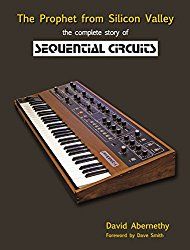
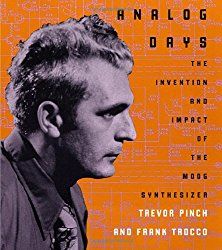
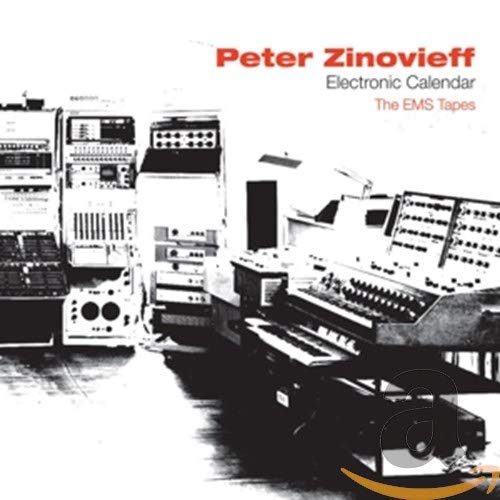
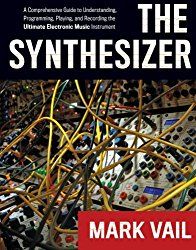
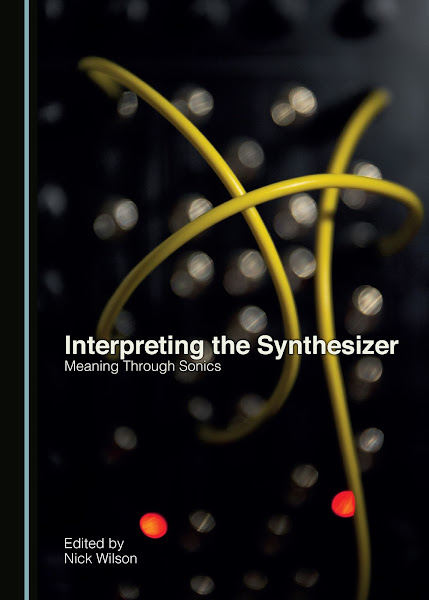
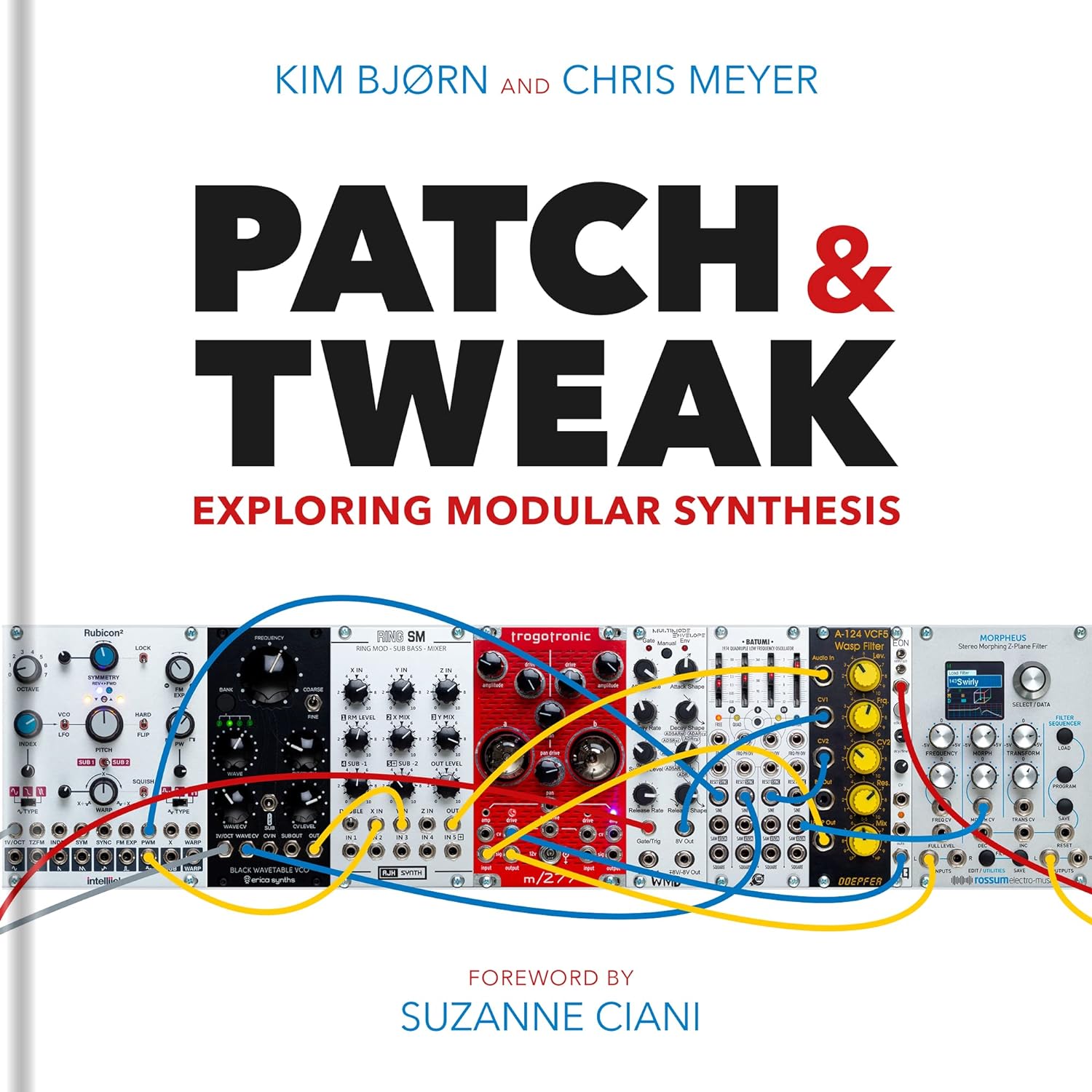

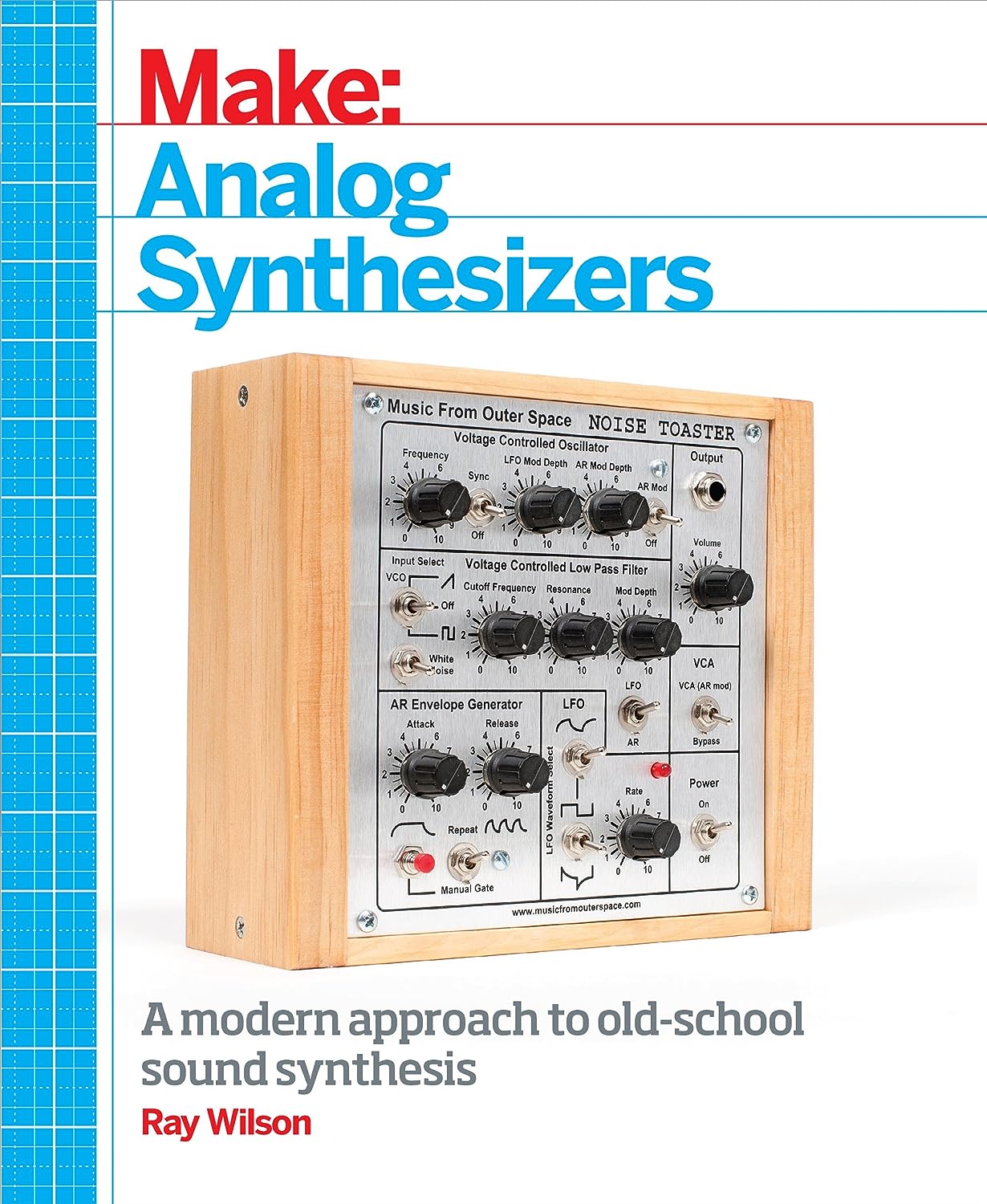
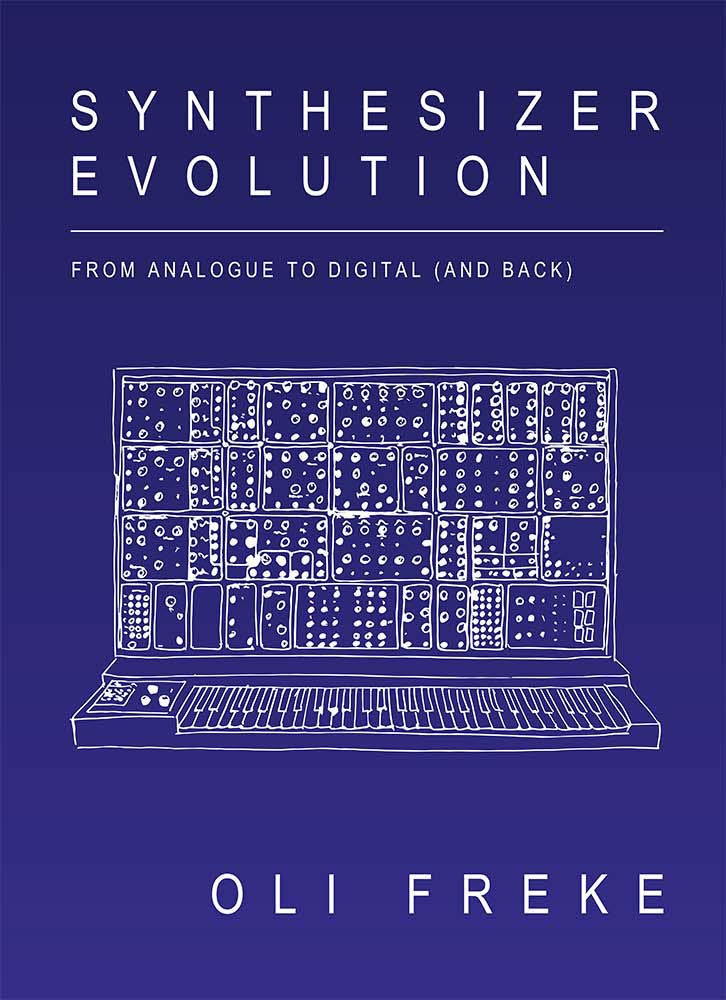

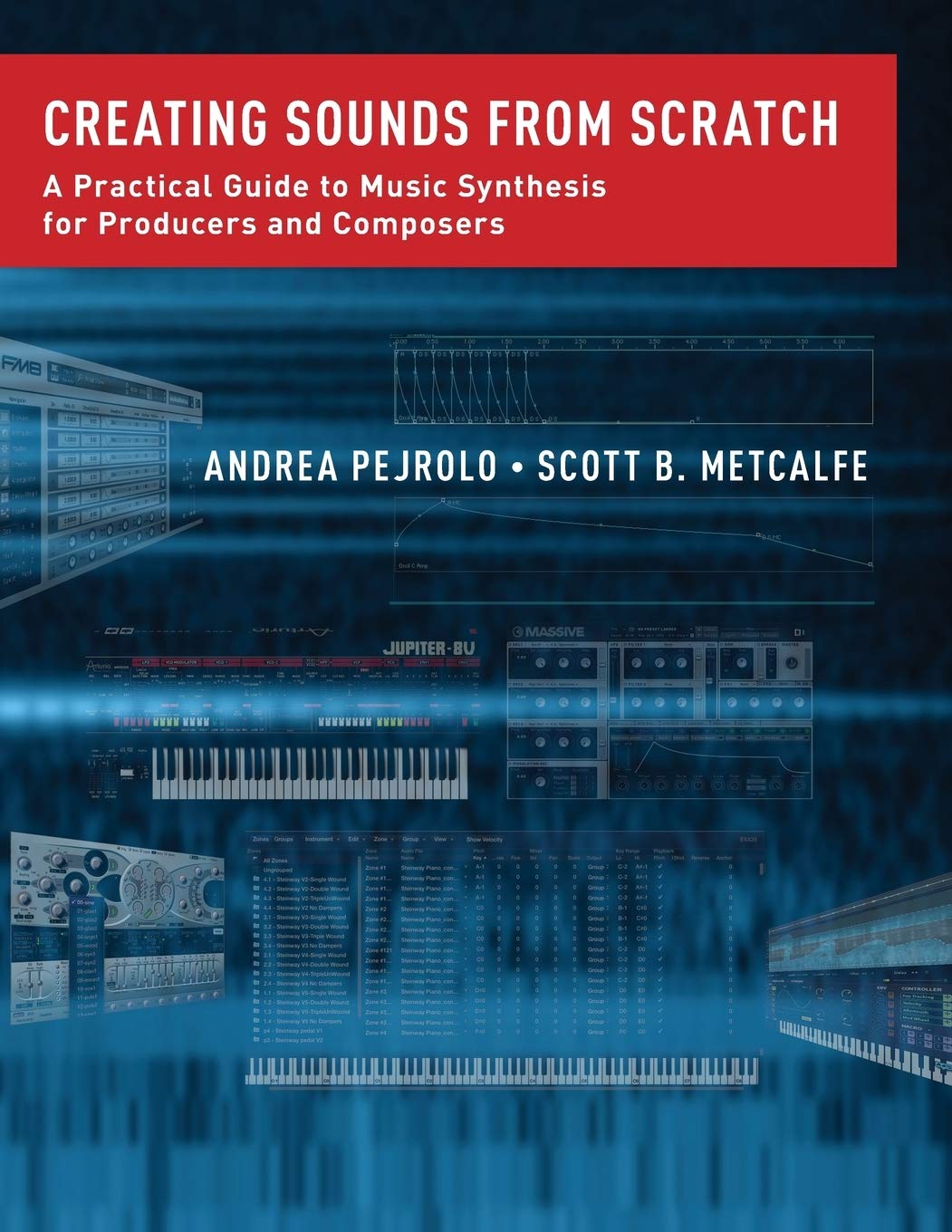
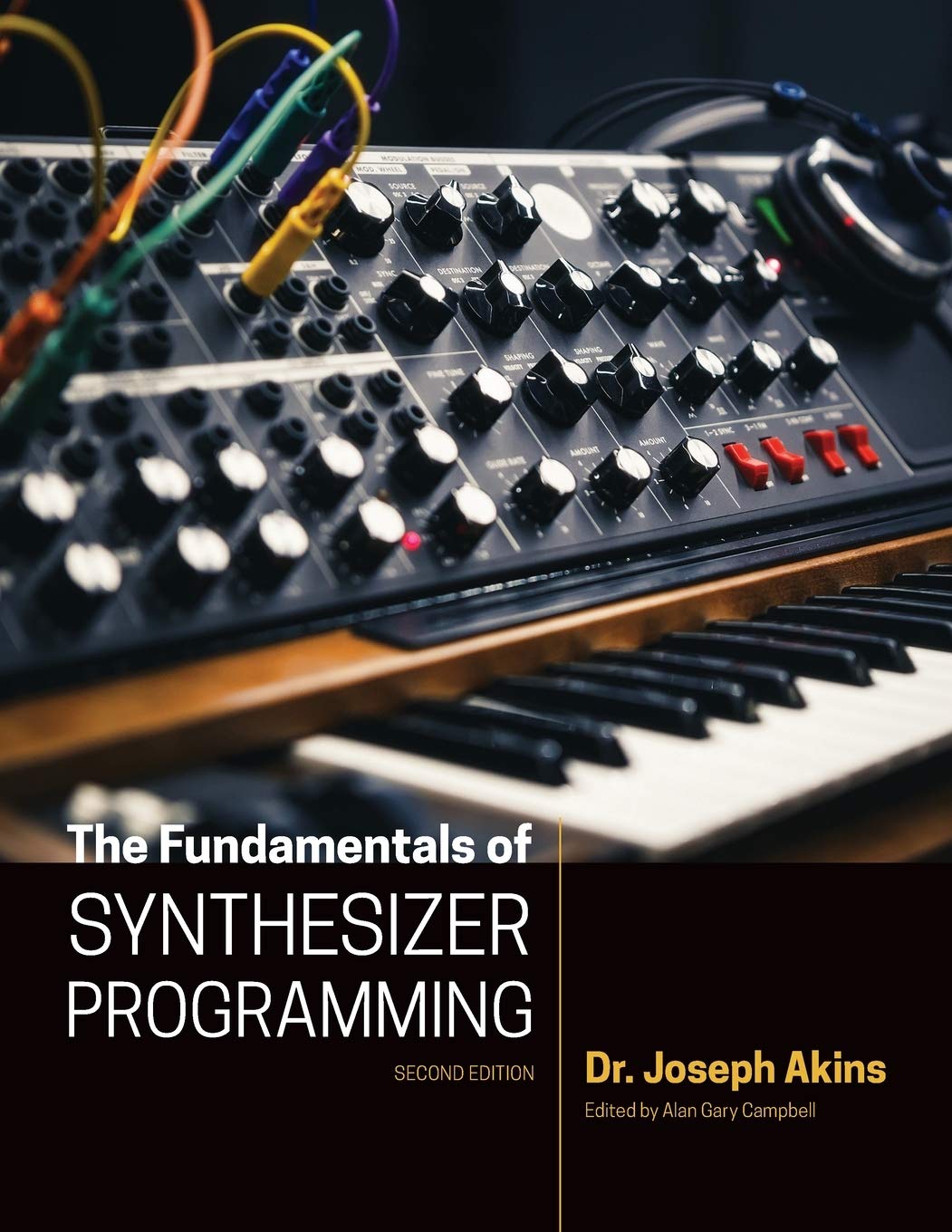

© Matrixsynth - All posts are presented here for informative, historical and educative purposes as applicable within fair use.
MATRIXSYNTH is supported by affiliate links that use cookies to track clickthroughs and sales. See the privacy policy for details.
MATRIXSYNTH - EVERYTHING SYNTH













© Matrixsynth - All posts are presented here for informative, historical and educative purposes as applicable within fair use.
MATRIXSYNTH is supported by affiliate links that use cookies to track clickthroughs and sales. See the privacy policy for details.
MATRIXSYNTH - EVERYTHING SYNTH























